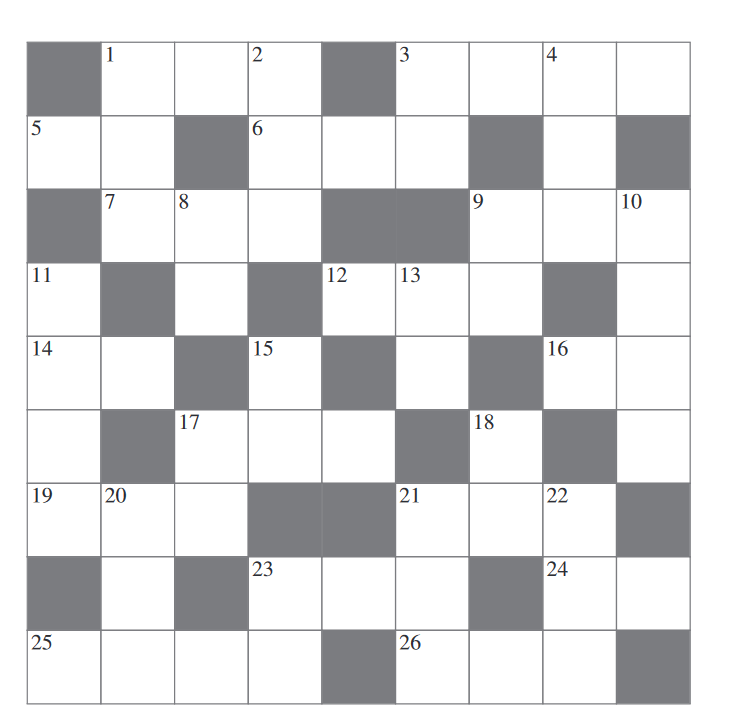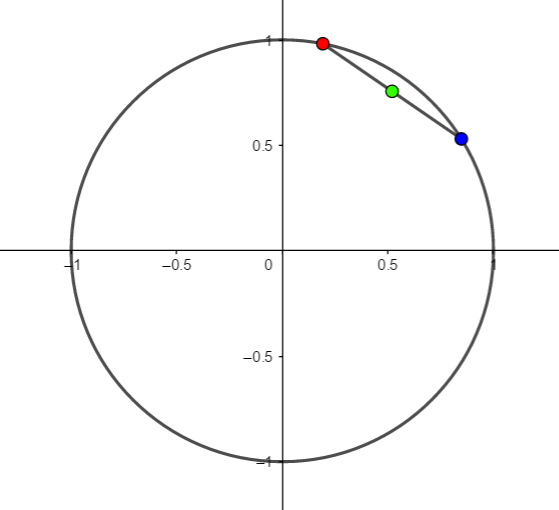This week a team of four of our students went to the UKMT senior team maths challenge. The UKMT do an amazing job promoting a love of problem solving, and our students had a great time.
In maths club we tried one of the rounds (from the junior maths team challenge!) which is a crossnumber puzzle with a difference. One team are only given the down clues and the other team are only given the across clues. They then have to fill in the grid without talking.
Here is the grid.

Here are the across clues ( horizontalement en francais)and here are the down (verticalement en francais) clues. Just look at one of these and try and find someone to play with! You could fill in your shared answers on this grid.
